Why Are Universal Size Charts a Problem for Online Stores?
The issue of returns in online clothing and footwear stores is perhaps one of the biggest challenges for both customers and sellers. More than 80% of returns are caused by incorrectly chosen sizes. Let’s try to understand the root of the problem and how it can be resolved. If you visit any product page, you will usually see a size selection for that item and a link to a size chart that describes it specifically.
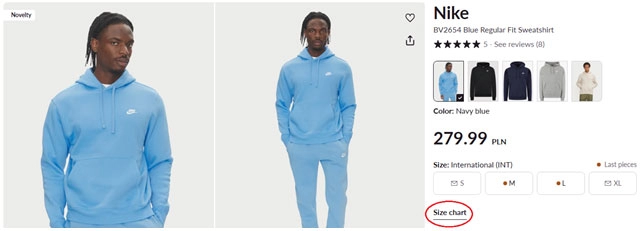
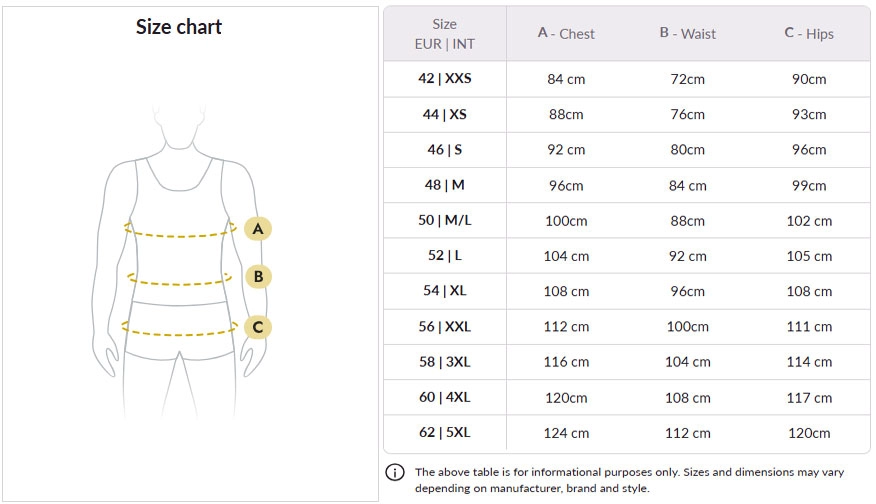
The size chart displayed on a product page is supposed to represent the specific item — at least, that’s what we expect. But is that really the case? We analyzed 1,500 different online stores and found that 22% of them do not actually show the brand’s official size chart for the product, but instead display a universal size chart. Another 26% provide no sizing information at all for the customer.
Only 52% of stores partially or fully use official brand size charts.
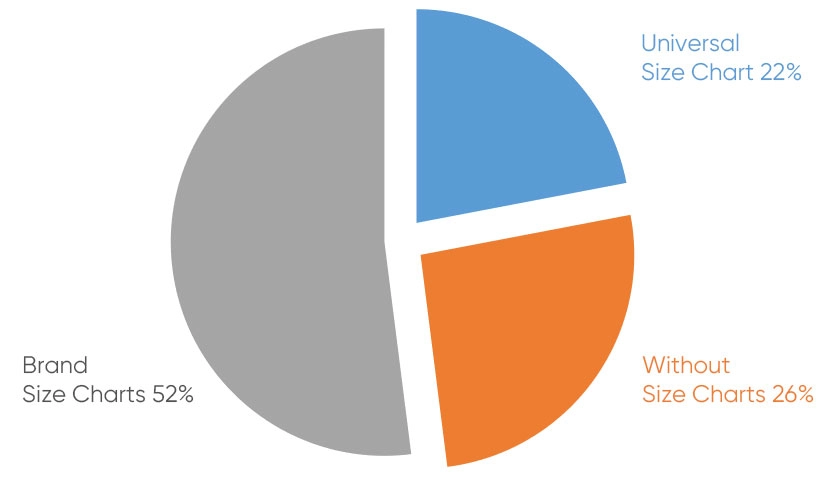
So, half of the multi-brand online stores we analyzed do not provide adequate sizing information to their customers. Let’s take a closer look at what a universal size chart actually is and how it impacts product returns. Universal size charts assume standardized sizing across all brands. However, the reality is quite different: even the same size "M" can vary significantly between two brands.
For example, a size “M” jacket from Brand A might be 5 cm wider in the shoulders and longer in the sleeves than a size “M” from Brand B. Under these circumstances, it’s impossible to give users accurate sizing recommendations without analyzing the brand-specific size chart.
So when we display a universal size chart for a particular brand, we’re unintentionally misleading the customer. A customer who chooses their size based on a universal chart may receive a product that significantly differs from what they expected. The item doesn’t fit and eventually gets returned. The customer did everything right: determined their size, placed the order — but received something else entirely. As a result, returns not only increase logistics costs, but also erode customer loyalty. If customers don’t trust the online store, they’ll quickly find an alternative.
Another critical factor is the diversity of sizing standards across brands. Some use custom measurements, others use letter-based or numerical systems (UK 10, EU 38, World XL). A universal chart simply cannot account for all of these systems, leading to further confusion. But let’s not stay theoretical — we’ll demonstrate this issue using real-world examples from actual stores, brands, and products. As we mentioned, we’ve researched this problem across hundreds of stores, and we’ll present that data below.
For now, we’ll highlight the core of the issue using three different multi-brand online stores and describe the results in detail — both in text and visually.
3.1 About You is one of the largest and fastest-growing online fashion stores in Europe, offering clothing, footwear, and accessories for women, men, and children. The platform features over 2,000 brands, including Nike, Adidas, Levi’s, Tommy Hilfiger, Guess, Puma, Only, Mango, Calvin Klein, Bershka, and many more.
Product 1. https://www.aboutyou.com/p/geox/sneakers-uomo-snake-1802839
Product 2. https://www.aboutyou.com/p/adidas-originals/sneakers-campus-00s-23585609
Product 3. https://www.aboutyou.com/p/guess/sneakers-elba-14365015
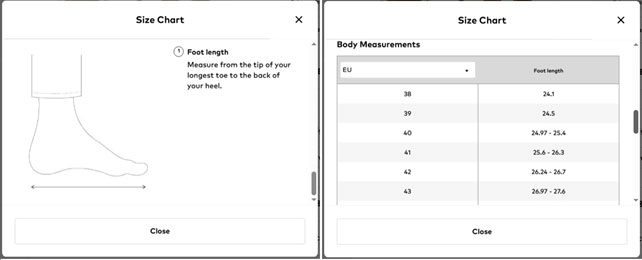
In the image below, we aim to demonstrate how foot length for the same shoe size can vary significantly depending on the brand.
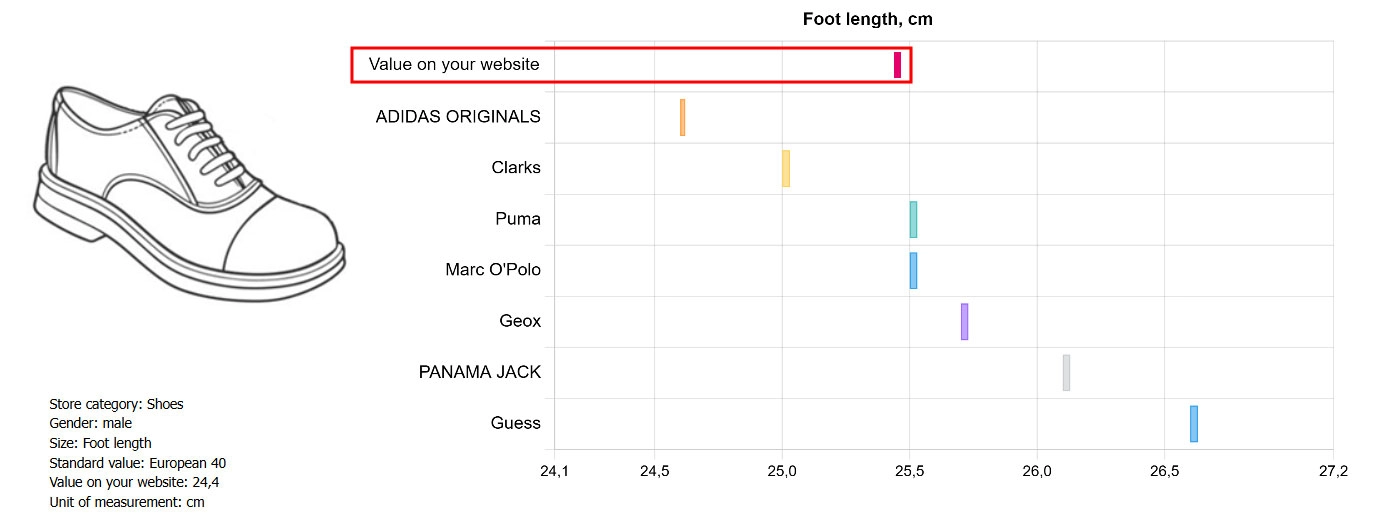
According to the parameters indicated in the graph, only the brand Clarks falls within the defined range — all other brands are outside of it. If we were talking about a few millimeters, it might be acceptable. However, as clearly shown on the chart, the difference in size EU 40 between Adidas Originals and Guess is exactly 2 cm, which is a substantial deviation.
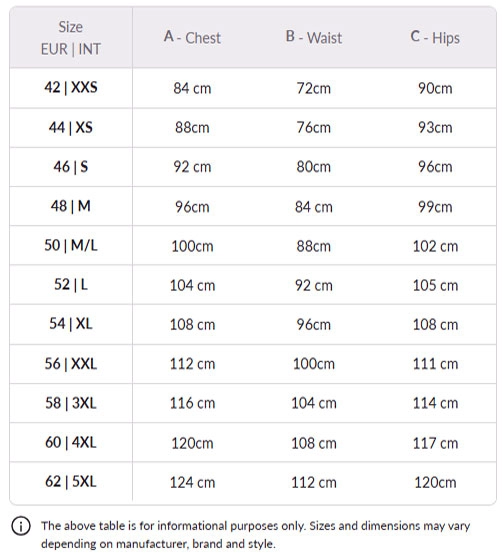
3.2 Website: Modivo.pl
Description: Modivo operates in 15–16 European countries and has around 39 physical stores. Its mobile app has been downloaded over 6 million times. The platform features over 900 popular brands — ranging from casual to premium.
So, I visited the website looking to purchase a men's sweatshirt. I browsed the men's sweatshirt section, found several styles I liked, opened the product pages, and tried to select the right size. At this stage, I encountered a problem: the only sizing guide available is a universal size chart.
Product - https://modivo.pl/p/nike-bluza-bv2654-niebieski-regular-fit-0000305041616
Product of another brand - https://modivo.pl/p/element-bluza-elyft00198-granatowy-regular-fit-0000305403605
Product of another brand - https://modivo.pl/p/4f-bluza-4fwmm00tswsm1466-27m-szary-regular-fit-0000304952708
When reviewing the provided size chart, can we say everything is clear and straightforward, and that selecting the right size is easy? Unfortunately, no. I then analyzed other brands on the same website and noticed that they all use the exact same universal size chart, which is not accurate and does not make the size selection process transparent. Another important point, as mentioned earlier, is that different brands have very different sizing information.
To illustrate this visually, we charted the chest circumference data for several brands available on this site. Looking at the graph, you can clearly see that the differences are significant — and no universal chart can account for that.
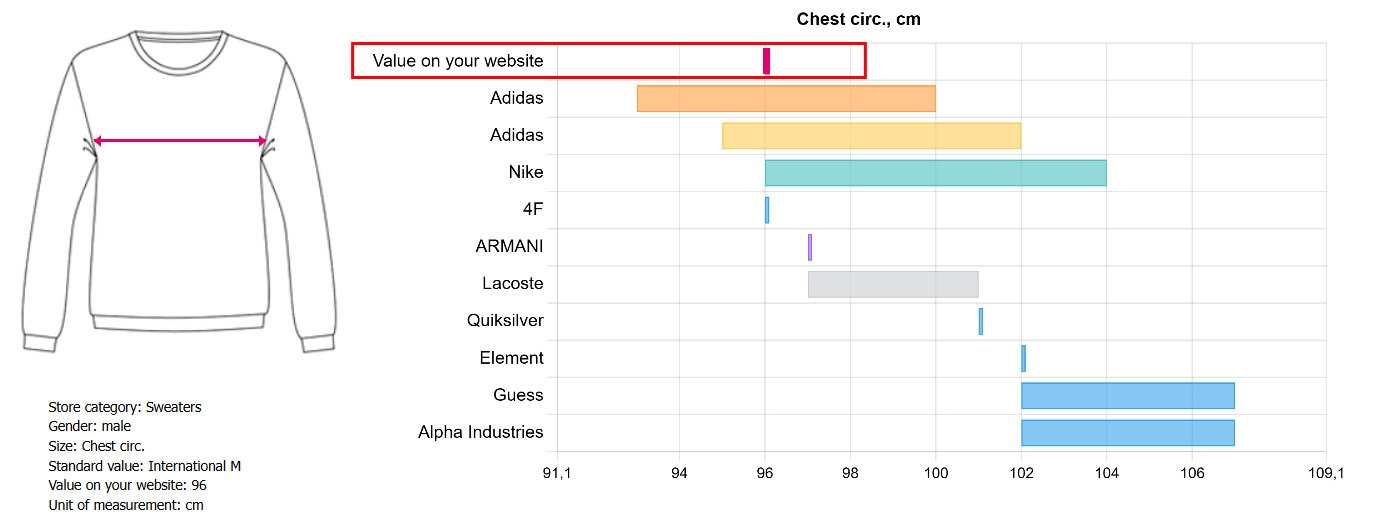
According to the chart, only the brand 4F fits within the range of the universal size chart. All the other brands fall outside it.The maximum deviation — as seen with Alpha Industries and Guess — is as much as 10 cm, which is a major discrepancy.
3.3 Peek & Cloppenburg — a multi-brand clothing and footwear retailer.
This is a European fashion retailer with a wide selection of shoes and apparel, combining international brands. It features over 300 brands and 30,000 shoe products. We conducted a similar study for this store, focusing on footwear — since every centimeter counts when it comes to shoe fit.
We found that the website uses a universal size chart.
In this case, only Steve Madden and Inuikii fall within the expected range, while the rest show significant discrepancies: from 0.5 cm (e.g., Puma and Gant) up to 1.5 cm in the case of Dr. Martens.
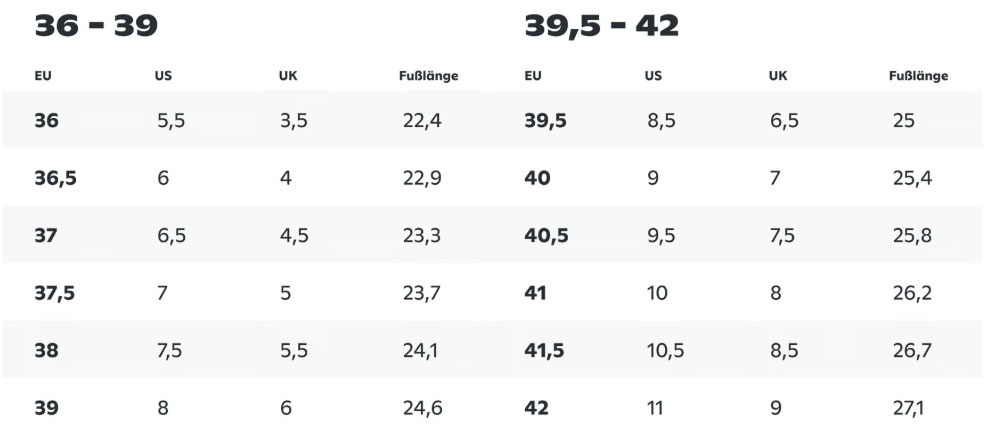
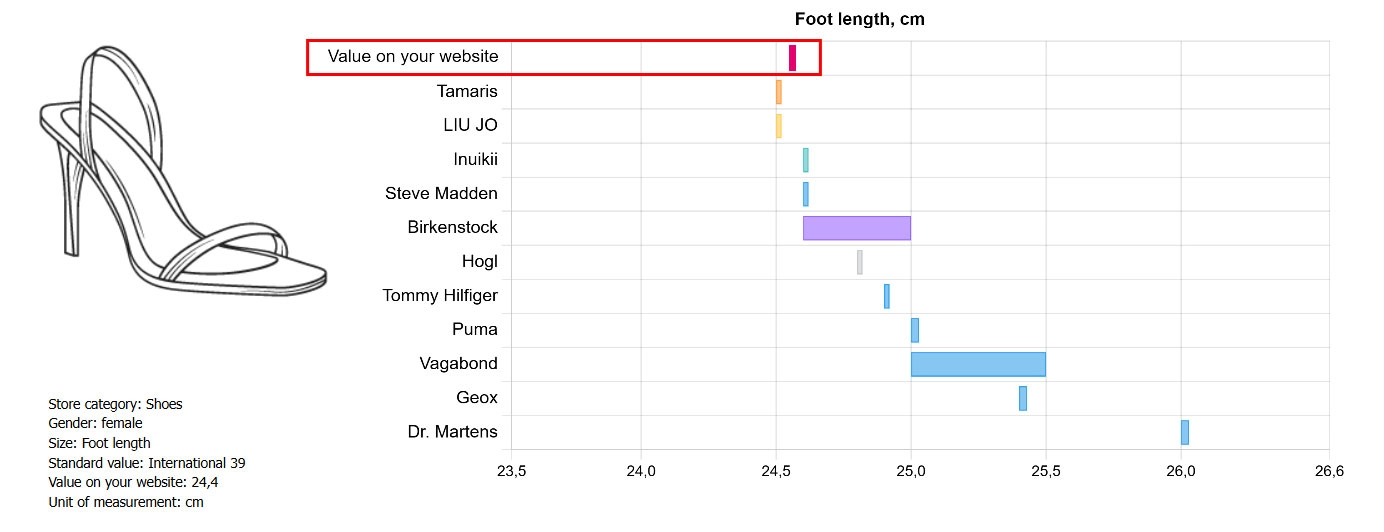
Conclusion:
Universal size charts are a critical flaw in modern e-commerce. They create confusion, uncertainty, and financial loss. While they may seem like a convenient solution for large marketplaces or multi-brand platforms, in practice, they significantly worsen user experience and increase return rates.They ignore brand-specific sizing, model fit, and manufacturer standards — all of which are crucial in ensuring the customer gets what they expect.
The result?
Lost customer trust, increased return handling costs, product depreciation — all of which hurt a store’s bottom line. To solve this issue, we developed LookSize — a revolutionary tool for managing size charts, designed specifically for marketplaces and multi-brand stores in the fashion, lingerie, and footwear sectors. LookSize automates these processes, eliminating the downsides of using universal sizing charts. It improves customer experience by delivering accurate size recommendations and reducing returns.
With LookSize, marketplaces and multi-brand stores can:
- Increase customer satisfaction
- Reduce return-related expenses
- Improve overall service quality
Why is using LookSize easy and efficient?
- We provide official size charts from leading global brands, so accuracy is guaranteed.
- The chart transfer process is user-friendly and fully automated.
- The structure of the charts is clear and easy to understand.
- If a brand is missing from our database, we locate and process it ourselves.
- Our technical support team is always available — managers respond promptly to your requests at any time.
LookSize is a powerful tool for effective size chart management that offers substantial benefits to both e-commerce businesses and marketplaces.

